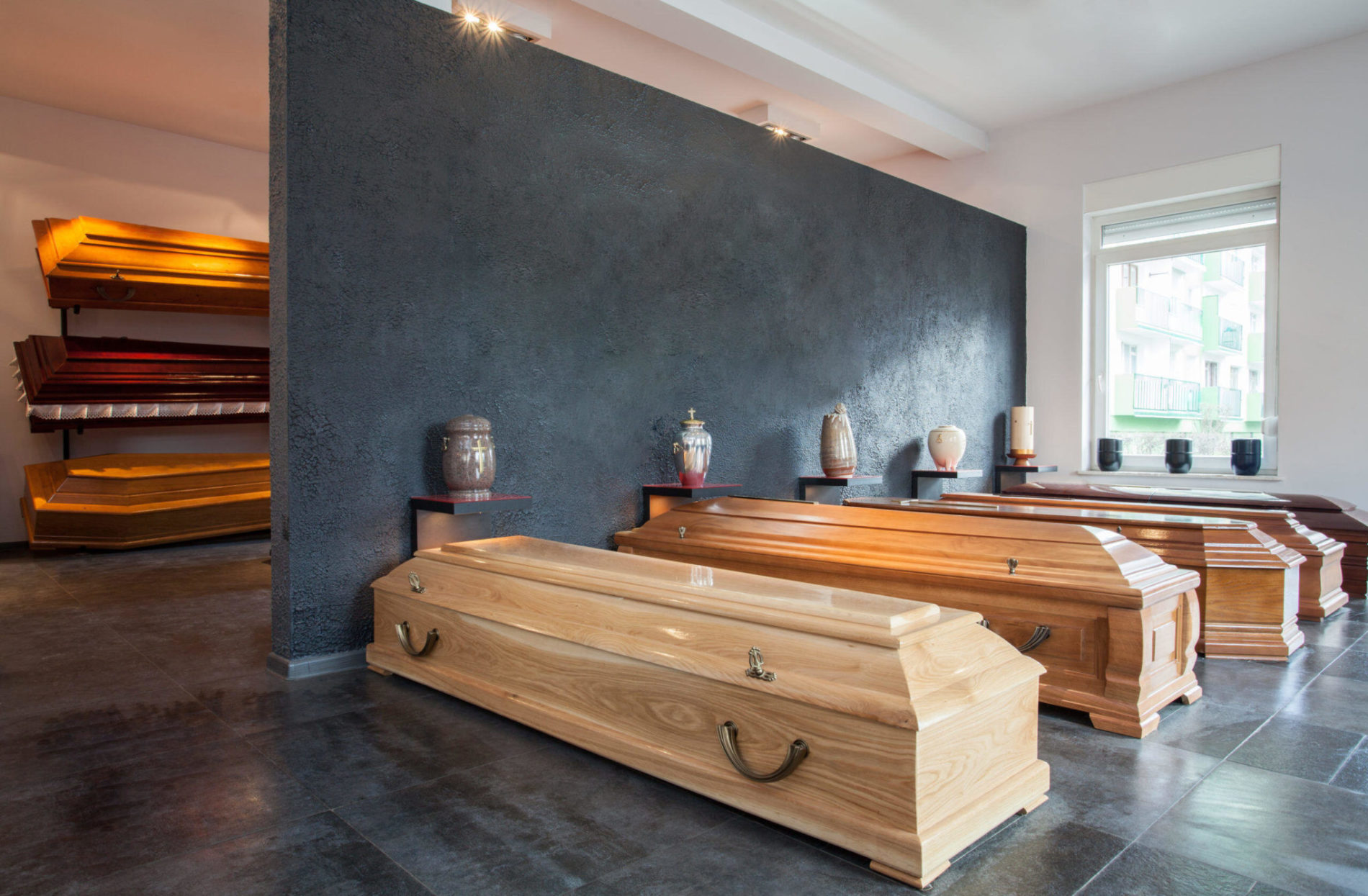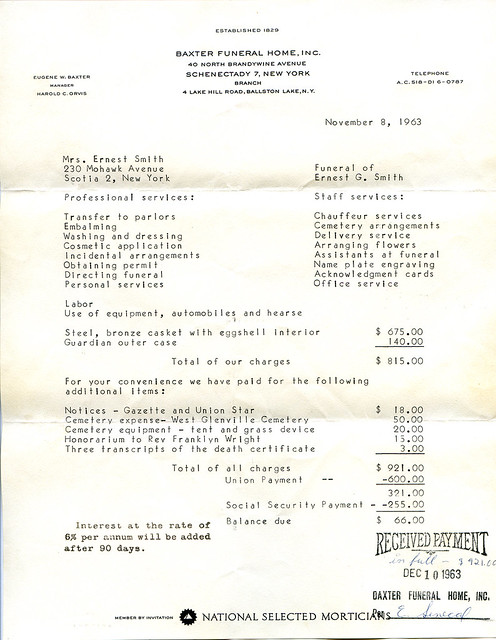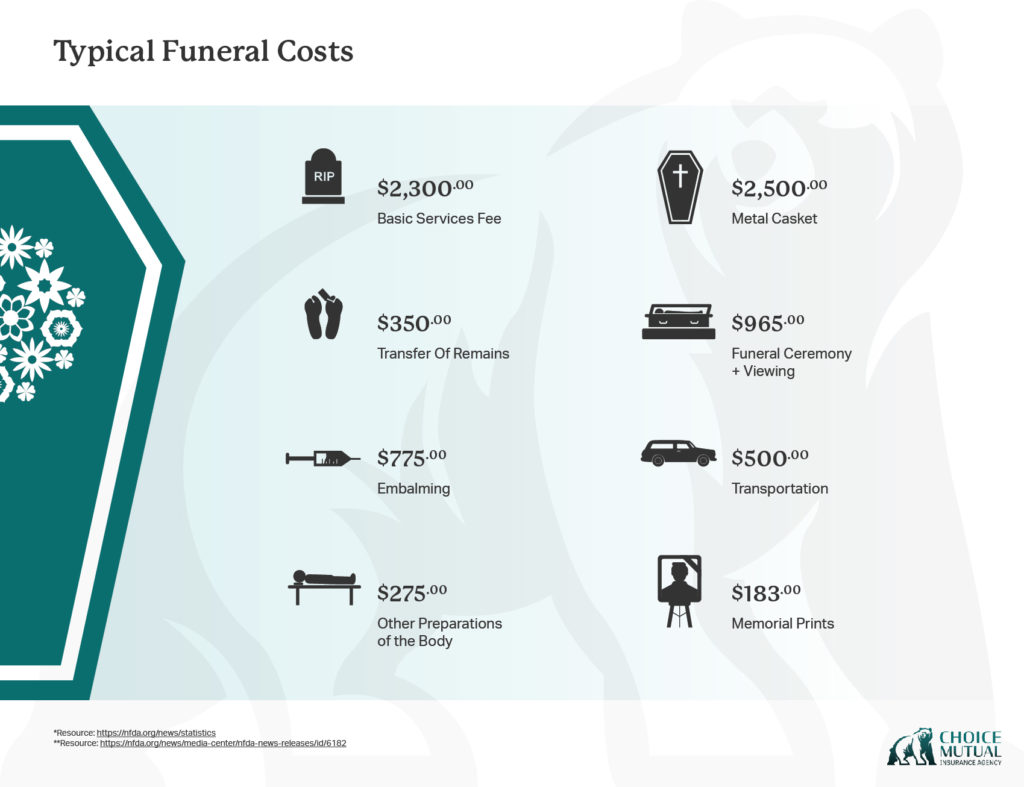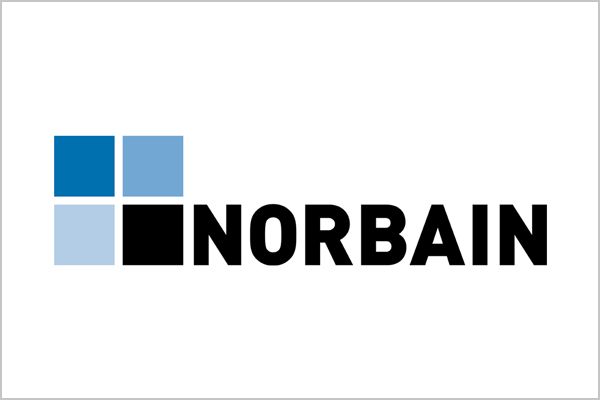Table of Content
Hiring privately looks like a good deal but tends to not pay for itself in the end. Medicare may pay for home care when there is also a skilled need and there was a recent illness or injury. For low-income seniors who would otherwise qualify for nursing home care, Medicaid may pay up to 100% for home care. In some localities, agencies will vary widely in cost, but there are often important differences in the services being offered as well. Most seniors qualify for Medicare, making it the first place many people turn for financial help when they need senior care. As a health insurance program, Medicare makes an important distinction between standard in-home care and home health care.

Find out if a senior is eligible for Medicaid in their state. Study the state’s specific coverage, and be on the lookout for waiver programs, such as PACE or a consumer self-directed program. Your Medicare home health services benefits aren't changing and your access to home health services shouldn’t be delayed by the pre-claim review process. While family members typically want to be with a loved one after medical events occur, the pressure is alleviated, and the need to miss work is not as pressing. This may be viewed as a time and cost savings, as well as a benefit for your loved one. For a basic room and care, adding up to a national average of about $5,600 to $7,000 a month.
Review personal assets
Note that this is the national average, and costs can vary widely between different states and even different areas within the same state. Even different providers in the same city may charge different prices. So if keeping costs low is your top priority, be sure to compare the costs of several different providers to find the best value. However, if the client needs more regular care, the cost can become prohibitive. At the 40 hours a week mark, home care becomes more expensive than assisted living, at $4,506 a month and $4,500 a month, respectively. Around-the-clock home care costs an average of $18,972 a month for personal care assistance and $19,656 for home health care.
They must use IRS Schedule A to itemize their deductions, which can include medical expenses for themselves, their spouse or their dependents. Commissions we earn from partner links on this page do not affect our opinions or evaluations. Our editorial content is based on thorough research and guidance from the Forbes Health Advisory Board.
Plan a fun winter birthday party for kids
When looking into the cost of in-home care, it’s important to consider both the type and amount of care you need. In-home care costs differ for non-medical in-home care and home health care. According to Genworth Financial, the average hourly cost of standard in-home care is $25, and home health care costs an average of $26. Though the difference may seem small, it adds up when someone needs frequent or around-the-clock in-home care. The rates for a Health Aide ranged from a low of $13 to a high of $25. The 2012 average was the same as the 2011 average of $18 per hour.
If the senior is a veteran, they may be entitled to a completely different set of home health benefits from the VA, including free visits from home health aides. It’s no secret that in-home care for seniors generally isn’t cheap. However, depending on factors like insurance coverage, location and the level of care required, in some cases, it may wind up being more affordable than long-term care facilities.
State assistance programs
If the level of care exceeds the part-time or intermittent guidelines, Medicare won’t cover it. Regardless of one’s state, home health care will almost always be more expensive than basic home care because of the medical certifications and training required of the caregivers. The services each individual client receives will depend on their needs and preferences and, sometimes, the ability of the caregiver. It’s important to always ensure that the hired caregiver is capable of providing the necessary care before establishing a contract with them. Seniors and family caregivers should collectively review assets, including savings, equity and — if absolutely necessary — retirement accounts. Assess all of your federal and private benefits options before you dip into personal assets.
At the same time, private long term care insurance is only an option for those healthy and wealthy enough to purchase policies before the onset of dementia. The cost of Abcor’s Chicago home health services are significantly lower than assisted living or nursing home care. The average in-home care services run about 1/3 the cost of an Assisted Living Facility and less than 1/4 of what a “skilled” facility would cost. In-home healthcare costs can change drastically depending on several factors—location is one of the greatest. For example, Washington state is one of the most expensive states at $31.16/hr, but Louisiana is one of the lowest at $17/hr.
Fortunately, there are financial assistance options available for in-home care. Read on to learn more about the available options and if any of them may be able to lessen your financial burden. Can using home care technology help your family save money caring for an aging loved one?

To the best of our knowledge, all content is accurate as of the date posted, though offers contained herein may no longer be available. The opinions expressed are the author’s alone and have not been provided, approved or otherwise endorsed by our advertisers. Means tested care fee Residents whose income and assets exceed thresholds set by the Government will be asked to pay a means-tested care fee.
According to a Carescout survey taken in June 2017, the monthly national average cost for adult home health care is $1,517. Homemaker services provided by a home health care company average $3,994 per month, and $4,099 per month for a home health aide, or around $25 per hour. In contrast, a semi-private room in a nursing home costs $7,148 per month, or $238 per day, while a private room costs $8,121, or $270 per day. Every year these costs are expected to increase by 3%, based on inflation. When broken down hour-by-hour, home care is actually more expensive than assisted living.
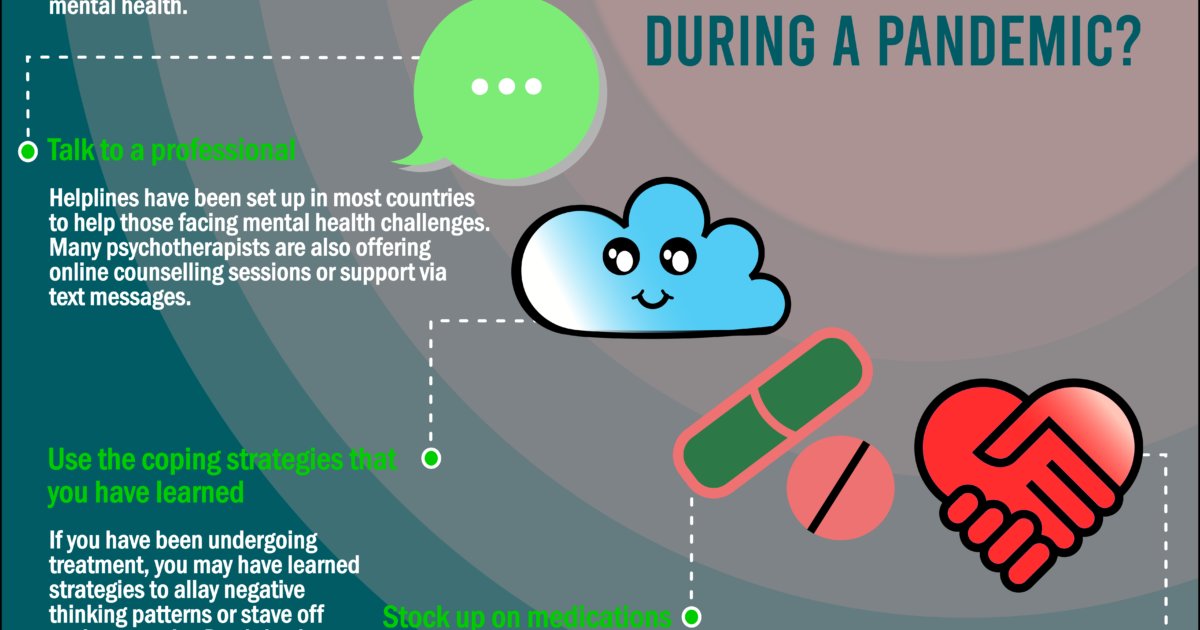
A senior who has assistance with daily tasks has fewer chances of accidents and falls. Caregivers encourage people to move about, engage socially, eat nutritious food, and maintain good hygiene habits. They can transport people to and from doctors’ appointments and help them in and out of vehicles if they can no longer drive themselves. They are also able to monitor medication dosages, both to avoid missed doses and accidental overdoses. I was referred to Bizinsure by a industry trade group that I am a member of. It was easy to get a quote online and then received excellent customer service from Bradley H.
As the cost of medical care increases, so do the costs of in-home care. This has pushed the cost of in-home care higher, especially as a result of limited licensed nurses. In 2004, the median annual cost of home health aide services was $42,168; in 2020, the median was $54,912 for the same type of care. It’s important to consider the overall expectations here. For those who need medical care, such as wound changes or support for IVs, the costs rise substantially. You may be charged per day or per week rather than hourly, especially if the provider isn’t in the home for several hours at a time.
Most people recognize, though, that living at home alone can be difficult as we age — our physical needs change along with our abilities. Completing chores, meeting health needs and preparing meals can all become challenges. Home health, as its name suggests, is care—both medical and non-medical—that’s delivered at home. It’s provided by licensed medical professionals, such as nurses, certified nurse assistants, physical therapists, occupational therapists, speech-language pathologists and health aides.
Where you live plays a big role in the overall cost of in-home care. The cost depends on factors like the availability of professionals to provide the necessary care and of companies to manage the care. And, of course, cost of living greatly impacts both caretakers’ wages and the overall costs a person can expect to pay for care. Once you’re approved for coverage, you begin paying premiums.

But, residents of assisted living communities have access to 24-hour assistance. If a home care client were to utilize their services 24 hours a day, the cost soars to $16,380 a month. For someone who needs the safety and comfort of having assistance available around-the-clock, assisted living will likely be the more economical choice.
